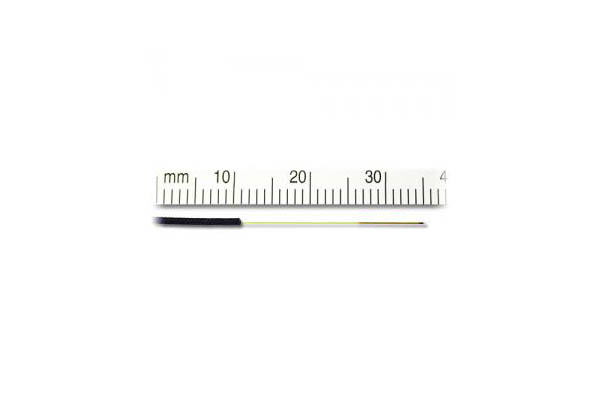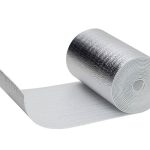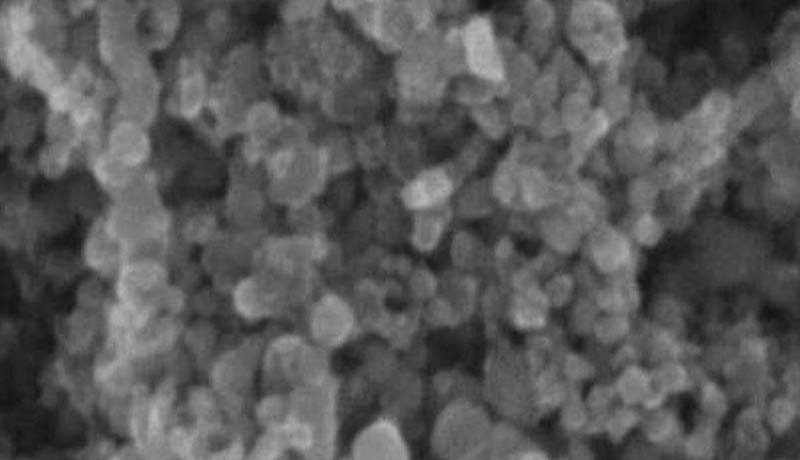In various engineering applications, such as pipelines, storage tanks, and structural materials, it is crucial to accurately measure stress and strain under different loads and environmental conditions. Numerical finite element analysis is often employed to model and analyze the deformation and failure process.
To obtain precise and reliable results, it is essential to have accurate input data, such as the true stress-strain relationship of the materials involved. In this blog, we will explore the measurement of stress and strain in metal and non-metal composite materials.
Traditional Challenges in Stress and Strain Measurement:
Conventional measurement devices face certain challenges when measuring stress and strain in metal materials. For example, uneven force distribution can lead to poor clamping effects and measurement inaccuracies during the clamping process. Additionally, the devices can be prone to movement during the measurement process, further affecting the accuracy of the measurements.
Sensors for Measuring Stress and Strain in Metal and Non-Metal Composite Materials
To address these challenges, FISO, a Canadian company, offers the FOS-N fiber optic strain sensor, which provides high-performance strain measurements for metal and non-metal composite materials. Based on the well-established Fabry-Perot interferometry technology, the FOS-N sensor is an excellent choice for accurate strain measurement. Its compatibility with a digital control and data acquisition system enables users to measure strain over long distances without compromising the reliability of the readings.
The FOS-N sensor is ideal for structural health monitoring in composite material engineering research and industrial applications, including buildings, bridges, tunnel linings, support structures, ships, and power transformers. Its key features include small size, high precision, immunity to electromagnetic interference (EMI) and radio frequency interference (RFI), corrosion resistance, and high-temperature tolerance.
Benefits of FOS-N Fiber Optic Strain Sensor:
The FOS-N strain sensor offers several advantages that make it suitable for a wide range of applications:
- It is not sensitive to the stretching and handling of the fiber, making it compatible with various fiber types.
- It can operate normally in harsh chemical environments.
- The sensor’s robust structure and high flexibility meet the requirements of high-performance composite material research and civil engineering structure monitoring.
Key Features of FOS-N Fiber Optic Strain Sensor:
Immunity to EMI/RFI/lightning effects
Intrinsic safety
Static/dynamic response
Resolution of 0.01%FS
Unaffected by cable bending
Long-distance signal transmission
Absolute measurement in engineering units
Applications of Fiber Optic Strain Sensors:
Applications:
Torque measurement
New material development
Marine vessels and power transformers
Nuclear power plants
Structural health monitoring
Corrosive environments
High EMI/RFI environments
Technical Specifications:
Strain range: ±1000με, ±2500με, ±5000με
Resolution: 0.01%FS
Lateral sensitivity: <0.1%FS
Connector type: ST connector
Operating temperature: -40℃ to 250℃ (-40℉ to 482℉)
Glass tube dimensions: ±1000με: 10mm; ±2500με or ±5000με: 8.5mm
Conclusion:
Accurately measuring stress and strain in metal and non-metal composite materials is essential for various engineering applications. The FISO FOS-N fiber optic strain sensor provides a reliable and precise solution based on Fabry-Perot interferometry technology. Its compatibility with a digital control and data acquisition system, along with its robustness, flexibility, and resistance to EMI/RFI interference, make it an ideal choice for high-performance composite material research and civil engineering structure monitoring. With the FOS-N sensor, engineers and researchers can obtain accurate and actionable data for improved analysis, modeling, and understanding of material behavior under different loading conditions.




